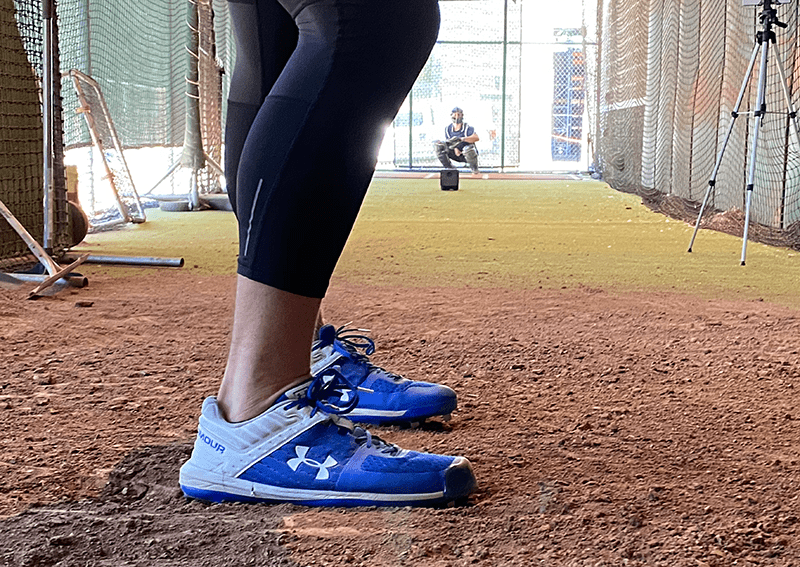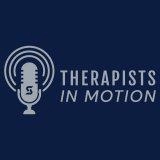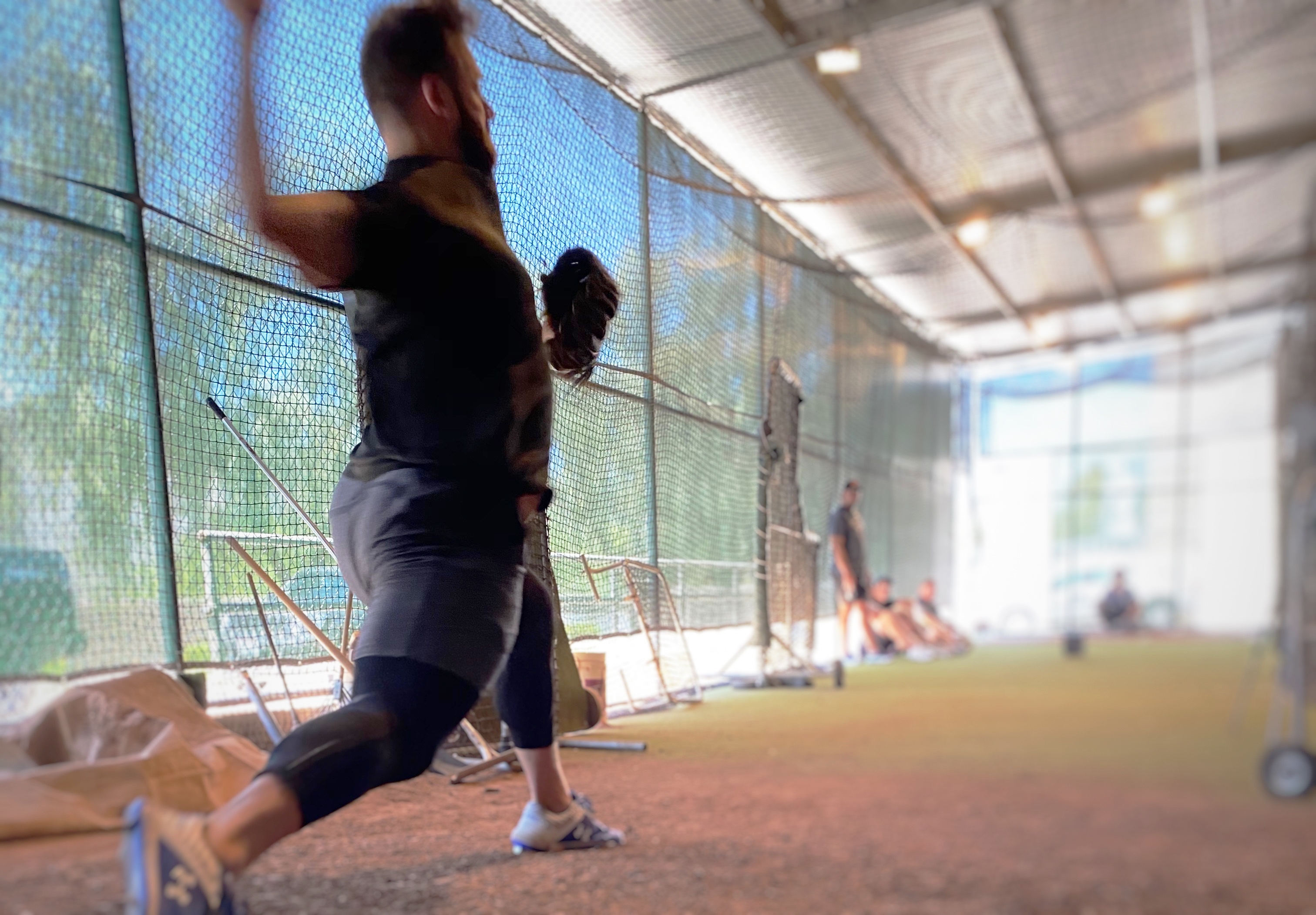By Chip Gosewisch, CSCS, RSCC, FRCms and Bekah Hibbert, MS, ATC
When it comes to the throwing arm, many variables contribute to an athlete’s continued development. Stance, arm slot, and hand placement are just a few examples that may change over the course of an athlete’s career. One thing that does not change, regardless of experience, from a Little Leaguer to a veteran in the Major Leagues, is fundamentals. Fundamentals put the athlete in a position for success and can always be counted on. When fundamentals are ignored, bad habits are likely to follow, potentially leading to unnecessary stress on the throwing arm.
Next time you’re at your son or daughters’ game or practice, watch how the players conduct their warm-up throwing. Are they setting their feet prior to each throw? The simple act of setting the feet in a fundamental throwing position will lead to a higher likelihood of accuracy and, if intended, velocity.
Throwing technique
Correct form is one of the best ways to protect your throwing arm from injury. The majority of the power for a throw should come from your legs and core.Take the stress off your shoulder and elbow joints and utilize the power in your lower body. Your arm is your accuracy; your lower body is your strength.
 Sequential Force Transfer:
Sequential Force Transfer:
Force is initially applied to the ground and then transferred up the legs to the hips. The hips rotate at high velocity creating separation between the hips and thoracic spine. When maximum separation is reached, the thoracic spine rapidly rotates to try and catch up with the already rotated hips, followed by force transfer to throwing arm. Think of separation between the hips and T-spine as a rubber band. The more a rubber band is stretched (hip/T-spine separation) the greater the pull back of the rubber band.
Going back to the previous question of, are they setting their feet prior to each throw? Look at a pitcher’s foot position on the mound, their feet are perpendicular to home plate. This allows rotation of the hips toward the home plate to create separation with the T-spine. If an athlete ignores fundamental perpendicular foot placement and has their hips/feet facing the target, there can be no rotation of hips. Not allowing whole body involvement may then require throwing arm to contribute more than necessary. Warm-up throwing prior to game or practice is a great time to ingrain fundamental habits.
Overhead throwing is an extremely complex movement. It starts from your foot and ankle generating force from the ground and transferring that force throughout the body until the ball is released from the tips of your fingers. Because of this, it’s important to ensure every part of the body is able to move and withstand the force required for proper throwing mechanics. As Dillon Moeller, PT, DPT, FAFS explains, If there’s any weak links in the kinetic chain, your body will compensate in ways that usually result in more stress on your shoulders and elbows. With that being said, let’s line up some exercises that will help you build this solid foundation now for throwing in the future.
Continue reading on “How to Prep Your Arm for Throwing”
Take proper care of your throwing arm- Pitch counts, rest periods,and “types of pitches thrown” all influence the ability to reduce the chance of injury throughout the season. Throwers, regardless of age, should always take part in a proper warm-up to reduce the risk of injury. They should also be diligent about an arm care program throughout the season. The program should include stretching and strengthening exercises that focus on decreasing posterior capsule tightness, and increase strength of the rotator cuff and scapula stabilizers in the shoulder. Athletes can work with sports performance coaches, physical therapists, and/or athletic trainers to learn a proper arm care program that can make part of their routine. Throwing is a complex full body movement. Focusing on the fundamentals of throwing will allow the whole body to contribute, reducing stress on throwing arm. Many other variables can contribute to the throwing motion, but one thing we can always count on – Fundamentals will never go out of style.
If you or your athletes have any questions or needs, schedule an appointment or complimentary movement screen with one of our sports medicine therapists.
 Check out our podcast on Throwing Mechanics in PT Role In Throwing Mechanics.
Check out our podcast on Throwing Mechanics in PT Role In Throwing Mechanics.

